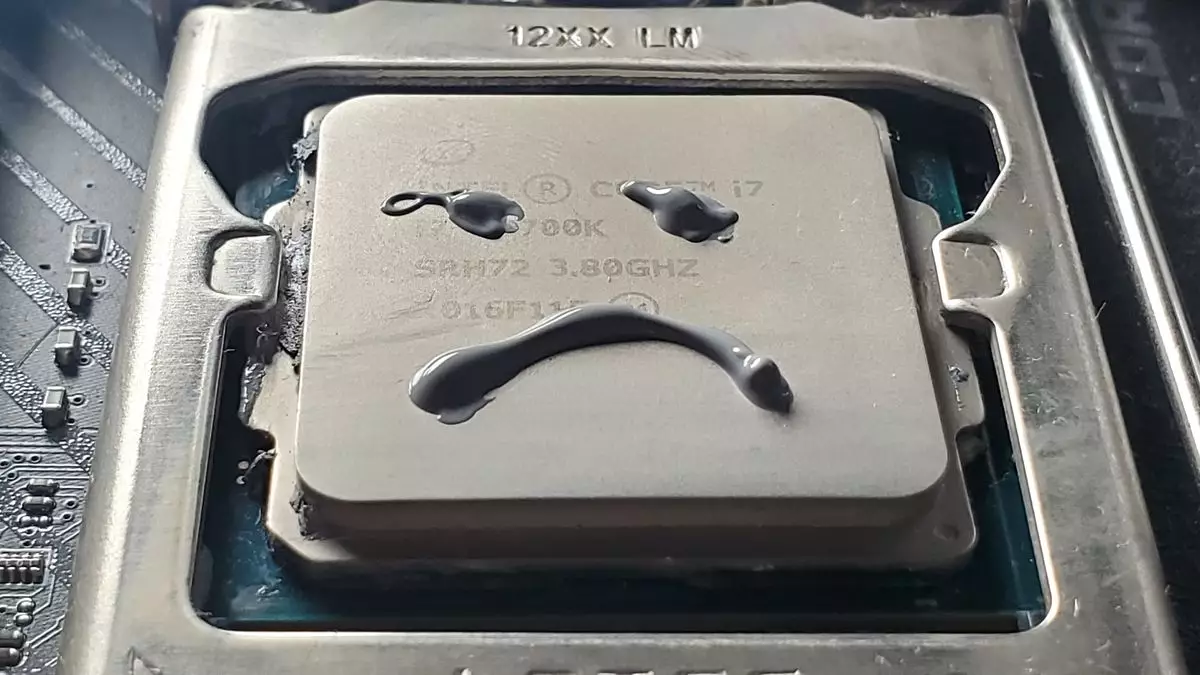When it comes to building or upgrading a PC, the choice of thermal paste can often be overlooked, yet it plays a crucial role in ensuring efficient heat transfer between the CPU and its cooler. With numerous brands and formulas available, the overwhelming variety can lead to confusion. Fortunately, Igor’s Lab has revolutionized the process by launching the world’s first interactive thermal paste database. This article delves into this innovative tool, its features, and the potential impact on the consumer market.
The interactive thermal paste database doesn’t merely aggregate manufacturer claims; instead, it provides a comprehensive analysis based on actual laboratory testing. This approach essentially demystifies the often ambiguous claims seen in product marketing. Igor of Igor’s Lab has emphasized the importance of accuracy, stating that the database reflects “real laboratory values determined according to industry standards.” Users can now trust that the numbers presented are both reproducible and scientifically valid—qualities that are often neglected in conventional reviews.
Moreover, this database serves as a stark contrast to many marketing strategies that embellish product performance. Igor points out that through meticulous testing, he has been able to identify discrepancies between advertised and actual performance, shining a light on misleading claims in the industry. This level of scrutiny not only builds trust among users but also empowers them to make informed choices when selecting thermal paste.
One of the standout features of the thermal paste database is its user-friendly filtering system. Depending on a user’s experience, whether a novice or a seasoned professional, they can filter results according to their specific needs and applications. For a beginner, a paste with a lower viscosity, better suited for ease of application, may be preferable—while experienced users tackling tasks such as GPU paste will seek out formulations compatible with thicker layers.
This tailored approach significantly improves the usability of the database. Users can sift through a plethora of options and make decisions based on not just performance but their own levels of comfort and expertise. This personalized experience is what sets the database apart from mere product listings.
The comparison functionality embedded in the database allows users to pit two thermal pastes against each other. This feature provides not only side-by-side statistical analysis but also visual representations of real-world testing outcomes, such as temperature differentials. The emphasis on objective testing aligns well with the needs of a community keen on empirical evidence, providing the kind of transparency that can lead to more educated purchasing decisions.
However, while the tool is highly functional, there are areas for improvement. For instance, the navigation can become unwieldy when tables exceed a single page, and the viscosity column could benefit from a more logical sorting method. These user experience issues, while minor, indicate the necessity for ongoing refinement of the database.
Despite its groundbreaking nature, the database does have gaps that could enhance its usefulness. The inclusion of a pricing column would enable users to quickly balance cost against performance—a critical factor for many consumers. Additionally, a price-to-thermal-conductivity ratio could serve as an invaluable asset for budget-conscious builders, allowing them to gauge value intuitively.
The current iteration is undoubtedly a useful tool, but improvements in these areas could attract a broader audience by catering to the practicalities of consumer spending.
Igor’s Lab’s thermal paste database not only represents a significant leap forward in providing transparent information but also offers a platform tailored to both amateurs and professionals alike. While still in its nascent stage with areas to refine, its current form mirrors the future of hardware testing and selection. As a living resource, continuous updates and user feedback will only enhance its robustness, ultimately enriching the experience for PC builders who wish to maximize their systems’ performance. This innovative tool embodies the spirit of community and knowledge-sharing so vital to the ever-evolving landscape of PC hardware enthusiasts.

